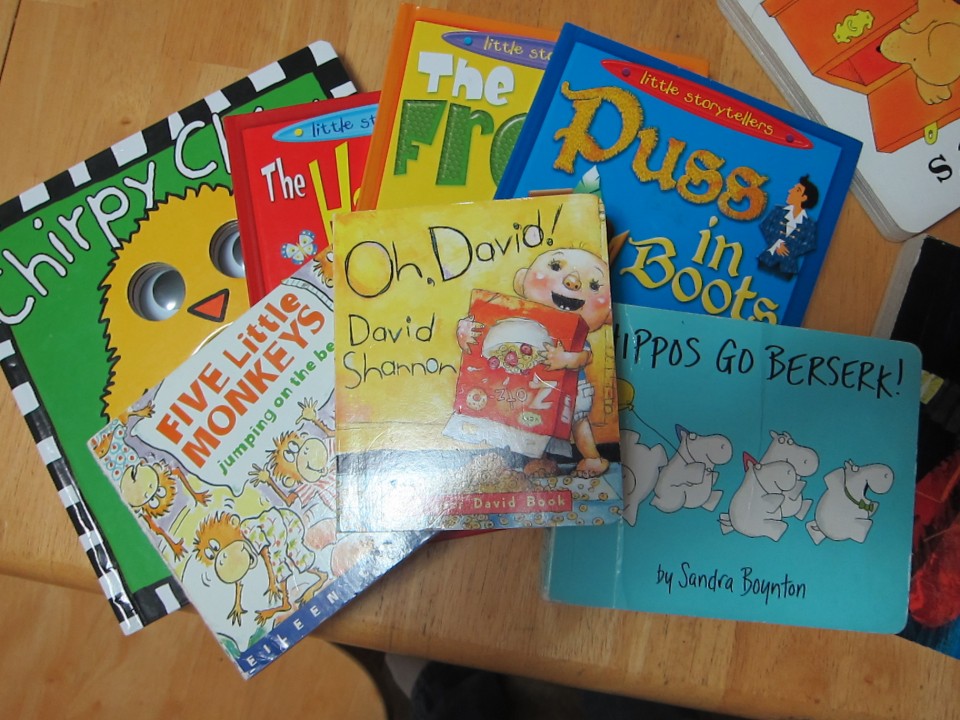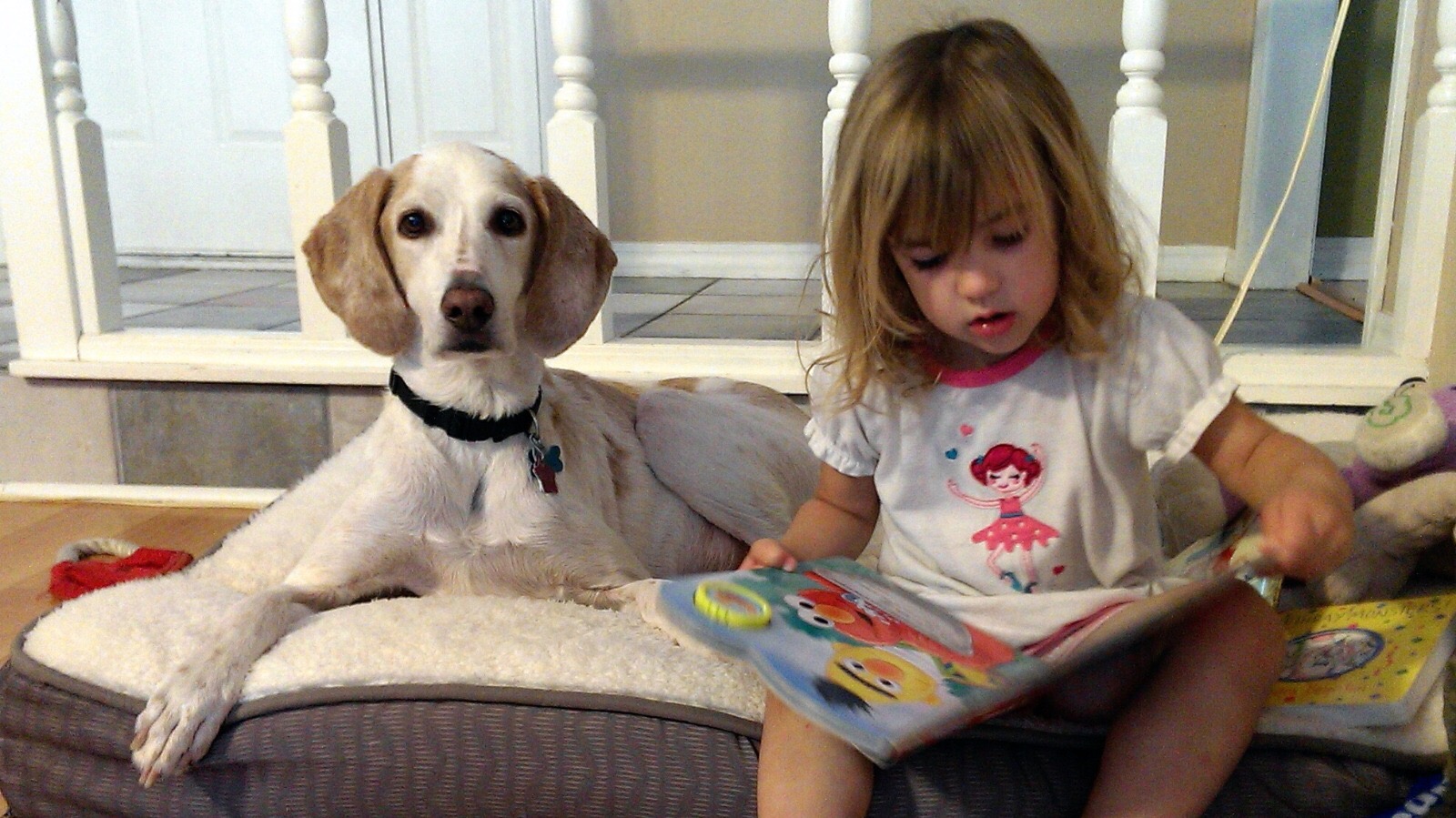What’s in a name? For early brain growth, a lot it turns out
- December 13, 2017
- / Shannon Nickinson
- / early-learning

Reading time was always special in my family.
From when my grandmother told and read me stories to the weekend trips to the public library, reading was almost like a religion for us. As I wrap up my holiday shopping, and I see the number of books that made my children’s wish lists, I hope that means I’ve shared some of that love with them.
My husband and I tried, from as early on as we could.

When it comes to knowing what to read with and to your children, it can be tough to know where to start. Some parents start with books and stories that they themselves loved when they were little. Some go to the library or bookstore, browsing the stacks or asking an expert.
Are some books better choices than others, especially for children under age 12 to 18 months? Maybe yes, says one study.
Smithsonian.com highlights a study that tracked which kinds of books stimulate young, growing brains in which ways.
The study focused on shared reading and which books build stronger links in infant and toddler brains as they grow.
Researchers see clear benefits of shared book reading for child development. Shared book reading with young children is good for language and cognitive development, increasing vocabulary and pre-reading skills and honing conceptual development.
Shared book reading also likely enhances the quality of the parent-infant relationship by encouraging reciprocal interactions – the back- and- forth dance between parents and infants. Certainly not least of all, it gives infants and parents a consistent daily time to cuddle.
Recent research has found that both the quality and quantity of shared book reading in infancy predicted later childhood vocabulary, reading skills and name writing ability. In other words, the more books parents read, and the more time they’d spent reading, the greater the developmental benefits in their 4-year-old children.
Good stuff, right?
Researchers at the University of Florida including Dr. Lisa Scott took another step following children age 6- to 12 months. They found that when parents showed their kiddos books with objects or faces that were named individually, they learned more, were able to apply what they learned to new situations, and showed more specialized response in the brain.
In the study, Scott and her team used EEG to measure children’s brain activity and response to books with specific names attached to faces or objects and their response to books with generic labels attached or none at all.
They asked families to bring the children back three months later for followup. They found only those who were shown books with individually labeled characters showed more attention compared to the first visit.
Those babies also were able to tell the characters apart, researchers say, based on their brain activity.
 CivicCon launches with a look at good growth in cities
CivicCon launches with a look at good growth in cities
 Building stronger brains one baby, one parent at a time
Building stronger brains one baby, one parent at a time
 SCI debuts commercial on Early Learning City
SCI debuts commercial on Early Learning City
 Entrecon: World class speakers and an opportunity to sharpen skills
Entrecon: World class speakers and an opportunity to sharpen skills
 PYP Quality of Life survey 2017
PYP Quality of Life survey 2017
 EntreCon Pensacola 2016: A look back
EntreCon Pensacola 2016: A look back
 Leadership tip: getting better employee takeaways
Leadership tip: getting better employee takeaways
 Leadership tip: be interested instead of interesting
Leadership tip: be interested instead of interesting
 Leadership tip: delivering difficult messages
Leadership tip: delivering difficult messages
 Brain Bags boost Arc, Early Childhood Court programs
Brain Bags boost Arc, Early Childhood Court programs